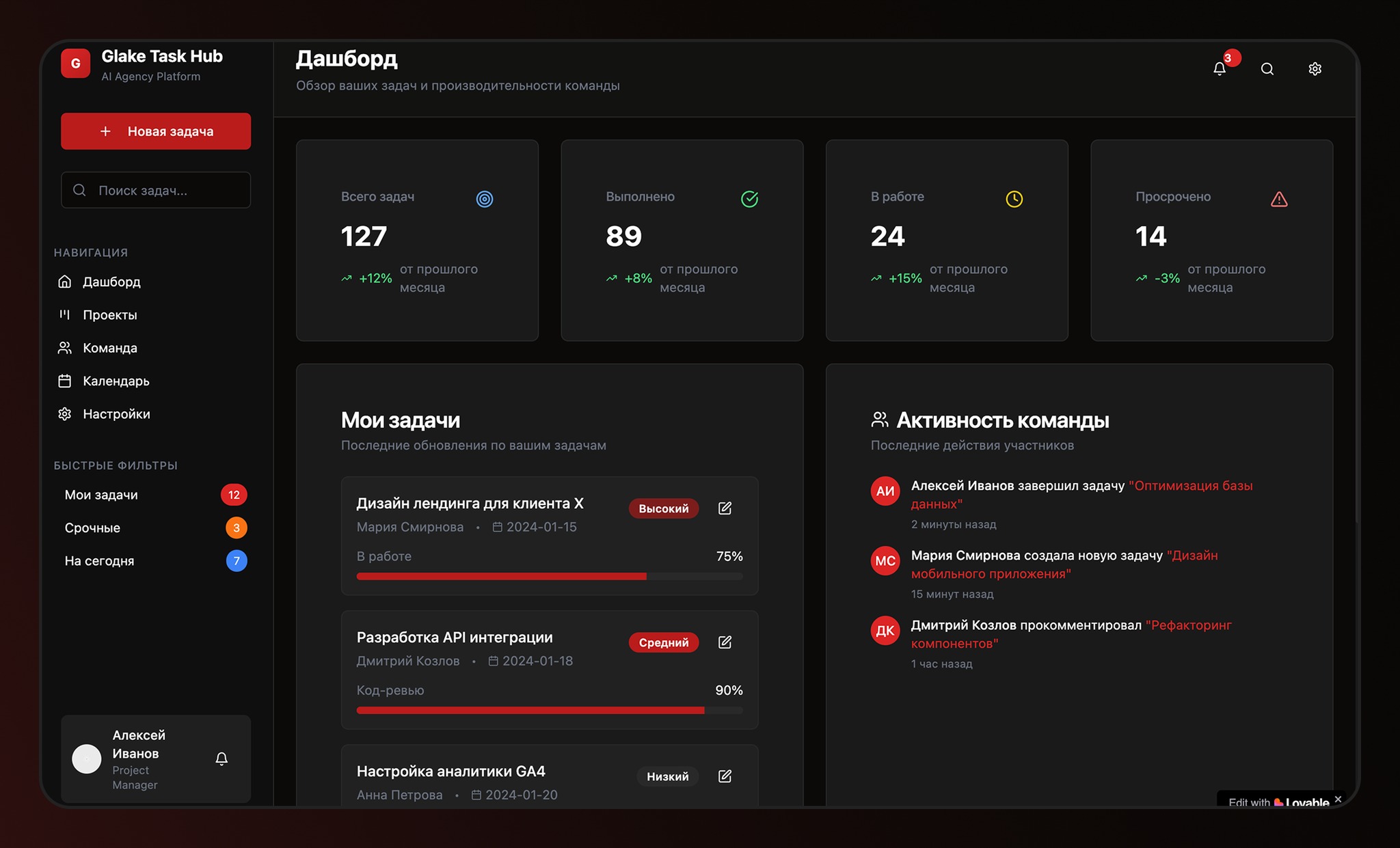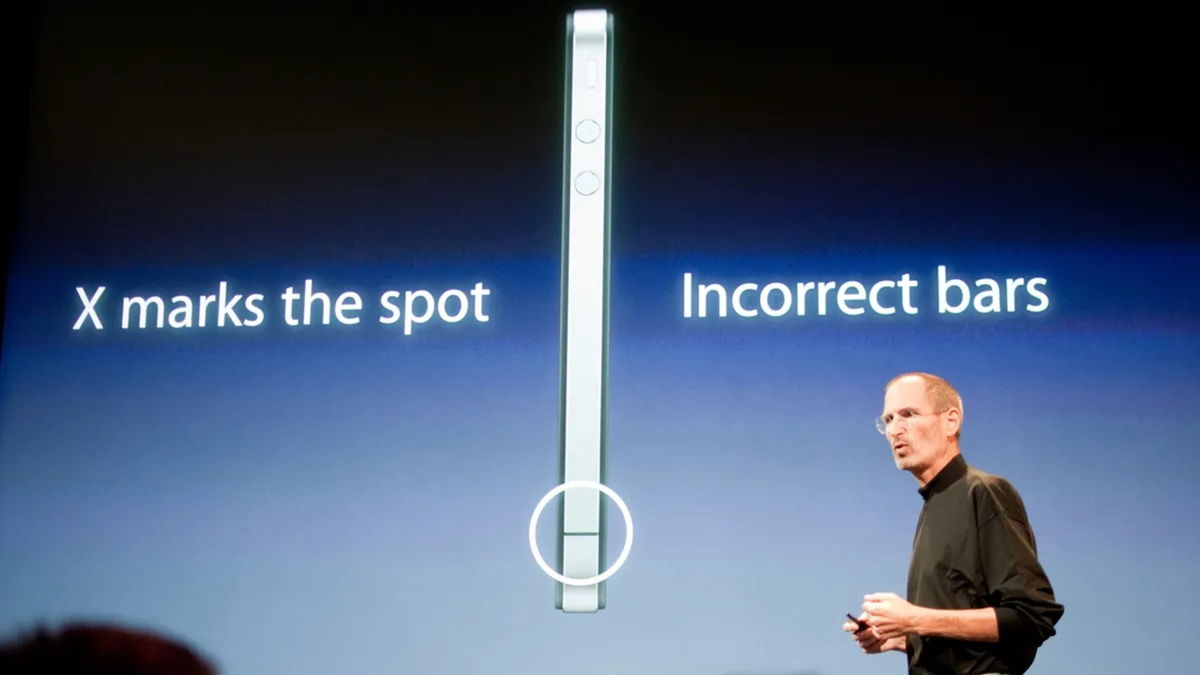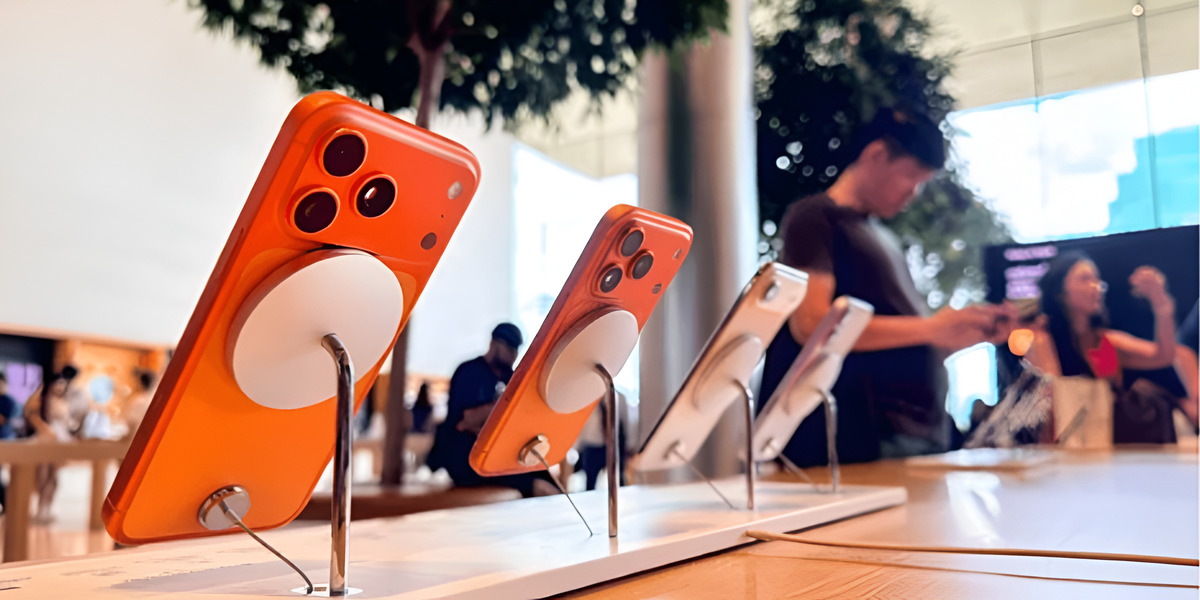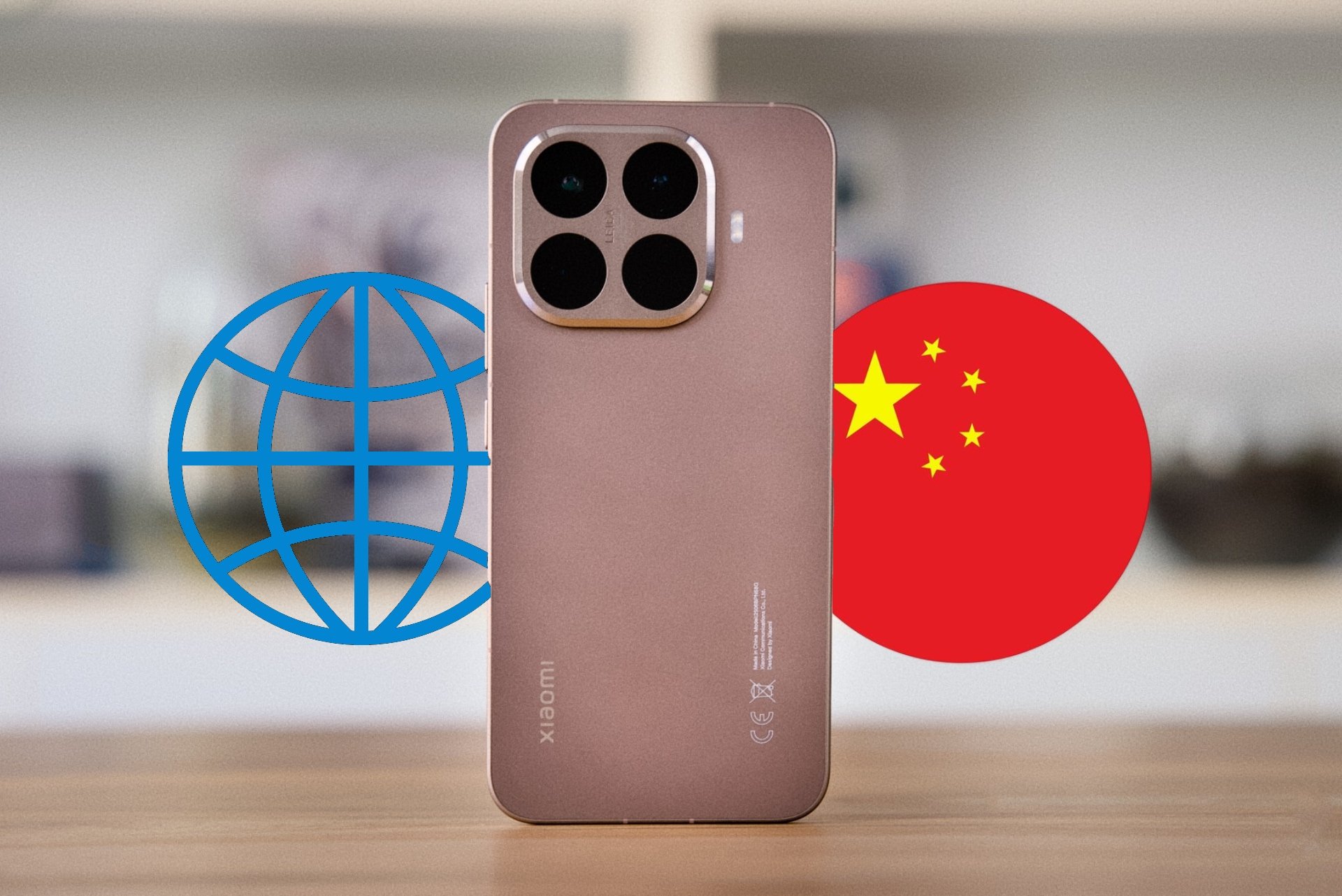The Chinese company Betavolt New Energy Technology presented battery which claims to generate electricity for 50 years without the need for charging or maintenance. It is claimed that this can power devices such as Cell phones, no need to recharge and drones that can fly endlessly. But how does this powerful nuclear battery work? Are the company’s claims justified? Is it really possible to save Cell Phones loaded for 50 years? We will answer these questions here.
Atomic battery smaller than a coin
Smartphone autonomy is a major concern for tech companies due to lithium shortages and increasing power consumption due to new technologies such as artificial intelligence. The dilemma is keeping phones conveniently sized, which limits the size of batteries.
In this context, Betavolt emerges as a company that has the potential to change the industry. The company says its nuclear battery is the first to achieve the miniaturization of nuclear power, packing 63 nuclear isotopes into a module smaller than a coin.
The new battery, dubbed “BV100”, measures 15 x 15 x 5 millimeters, which is significantly smaller than a standard 5,000 mAh cell phone battery. Despite its compact size, it is capable of generating 100 microwatts of power at 3 volts. Betavolt envisions that in the future these batteries could power cell phones without needing to be recharged, or keep a small drone flying indefinitely.
How does a Betavolt nuclear battery work?
The new Betavolt modular nuclear battery uses the radioactive isotope nickel-63 (⁶³Ni) in combination with a fourth-generation diamond semiconductor to power the device for 50 years.
Although nuclear batteries seem advanced, they have been around since the 1950s, primarily as radiothermal generators, converting heat from the decay of radioactive elements into electricity. In 2016, a new principle was introduced using layers of diamond doped with radioactive isotopes such as carbon-14 (¹⁴C).
Nuclear batteries harness the energy released by the decay of radioactive isotopes, providing decades of useful life and used in spacecraft, research stations and pacemakers.
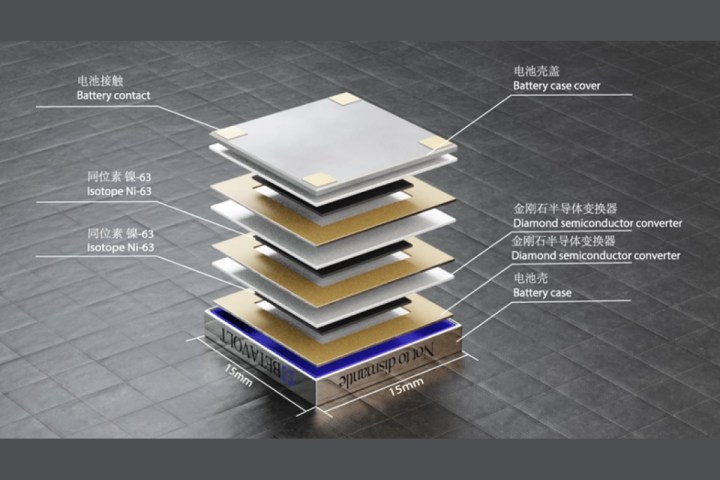
The Betavolt BV100 battery uses two layers of diamond semiconductor, each 10 microns thick, surrounding a 2-micron layer of ⁶³Ni, forming “sandwiches”.
Each of these “sandwiches” can generate current. Additionally, they can be stacked or connected like old voltaic cells, forming hundreds of independent modules that work together to increase current. Finally, the entire assembly is sealed in a protective casing to shield the battery from radiation exposure and protect it from physical damage.
Is Betavolt technology possible?
Juan Claudio Nino, materials scientist from the University of Florida, expresses skepticism. The reduced size implies a limited amount of radioisotope, producing only 0.01% of the required electricity. Nino says that while it could be suitable for a pacemaker or passive wireless sensor, in its current form it lacks the power needed to power a cell phone.
On the other hand, these radioisotopes pose little risk when used in space, but require protection with materials that can absorb harmful radiation when used in devices such as pacemakers or future smartphones to be considered safe.

“Protection here is critical because you don’t want anything radioactive to harm the body,” Nino said. Although radiation shielding, typically made from materials such as lead or tungsten, is built into the battery design, Nino cautioned that it is important to match the type and degree of shielding to the radioactive element being used.
If more power is required, a higher concentration of radioactive source is added, but then additional protection is required. According to Nino, this may not be practical if a significant portion of the device is taken up by shielding.
However, while the word “nuclear” may cause concern due to past tragedies associated with nuclear power, Betavolt assures that its battery is safe. They conducted exhaustive tests including gunshot, fire, puncture and impact exposure, finding no traces of radiation leakage that could pose a risk to users.
BV100’s energy density is 10 times higher than lithium batteries, and it is not susceptible to fire or explosion. Because it generates electricity rather than storing it in chemical reactions, it is not susceptible to recharge cycle problems. ⁶³Ni decays over time into non-radioactive copper, which poses minimal risk to the environment.
Now, if a cell phone is going to be kept charged with a battery that will last 50 years, several considerations will come into play. On the one hand, over this long period, cellular technology and its components will likely become obsolete, as future generations of mobile devices may offer significant improvements in hardware, software, and capabilities.
On the other hand, as technology advances, new charging methods may emerge that surpass the current battery concept, such as wireless charging, ultra-fast charging, or innovative forms of energy. These advances may eclipse the relevance of the 50-year battery. Additionally, the interfaces and connectors used to charge a cell phone may change over time, rendering a 50-year-old battery incompatible with future charging standards, limiting its usefulness.
In short, while a 50-year battery may be revolutionary in terms of lifespan, other technological and usability factors may limit its effectiveness over time.
The future of the Betavolt nuclear battery
Despite uncertainty about the success of this civilian nuclear battery, Betavolt said that this next-generation device has already entered the pilot testing stage and is aimed at large-scale production. It is expected to be mass produced for commercial applications such as phones and drones. They also have plans to release a similar version capable of outputting up to 1W in 2025.
If approved for use in devices such as smartphones, future generations of batteries could eliminate the need to charge them, the company says. Except, they approve that this technology will be the first of its kind to be available for public purchase.
Source: Digital Trends



